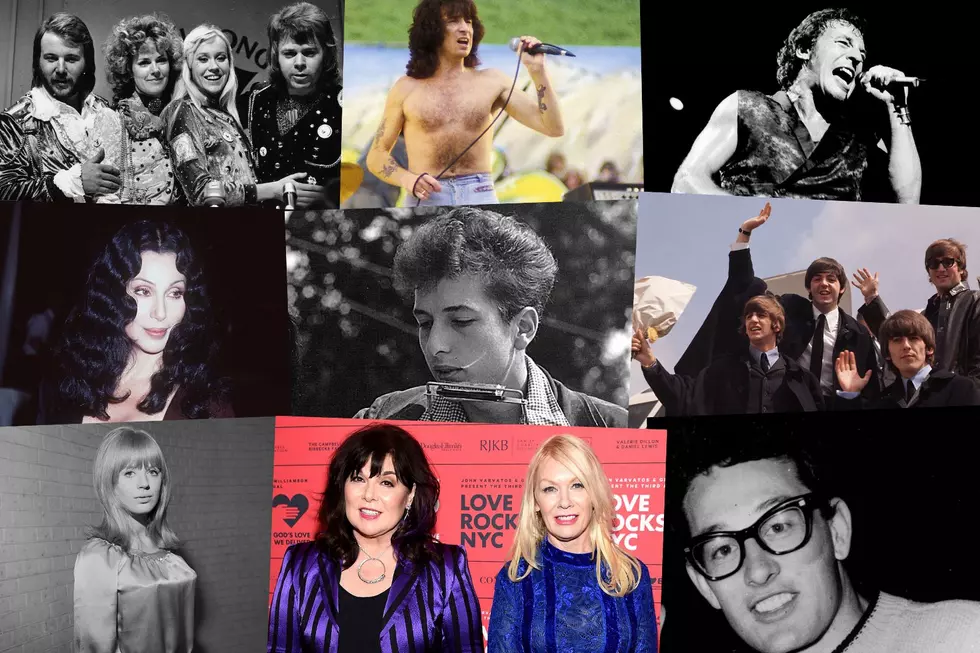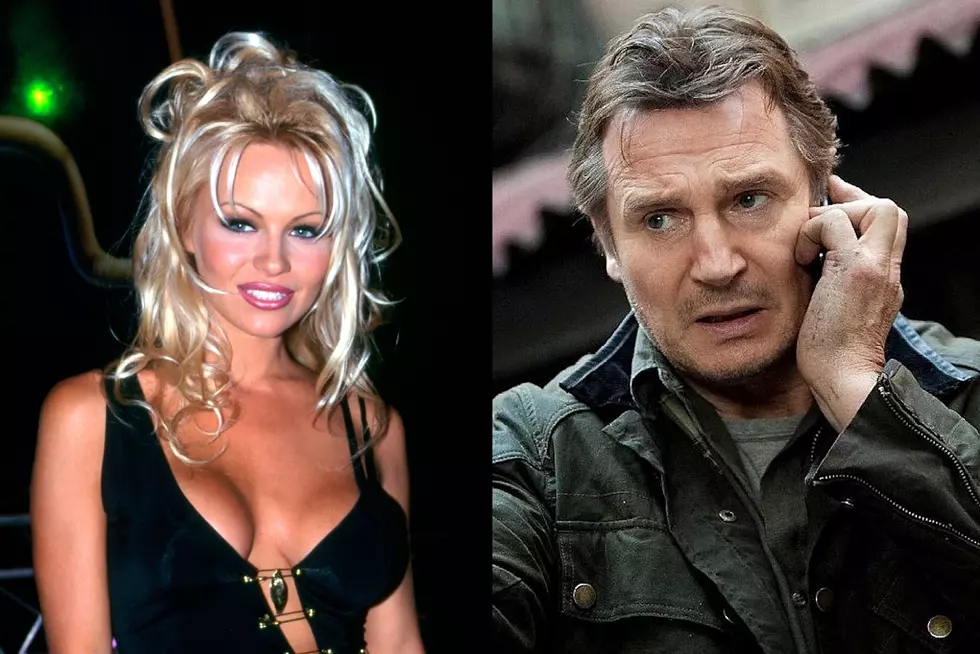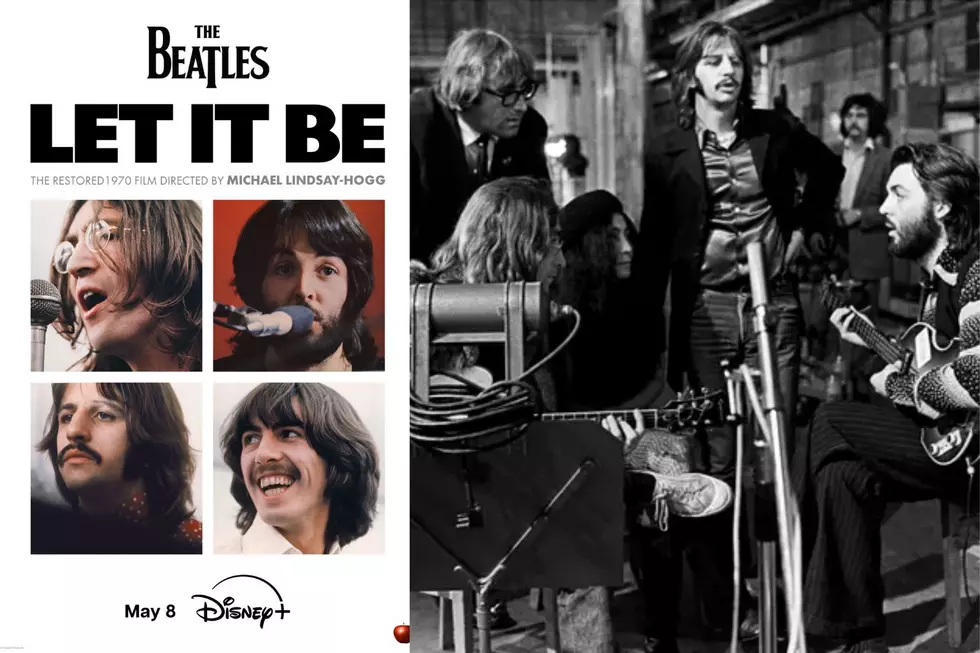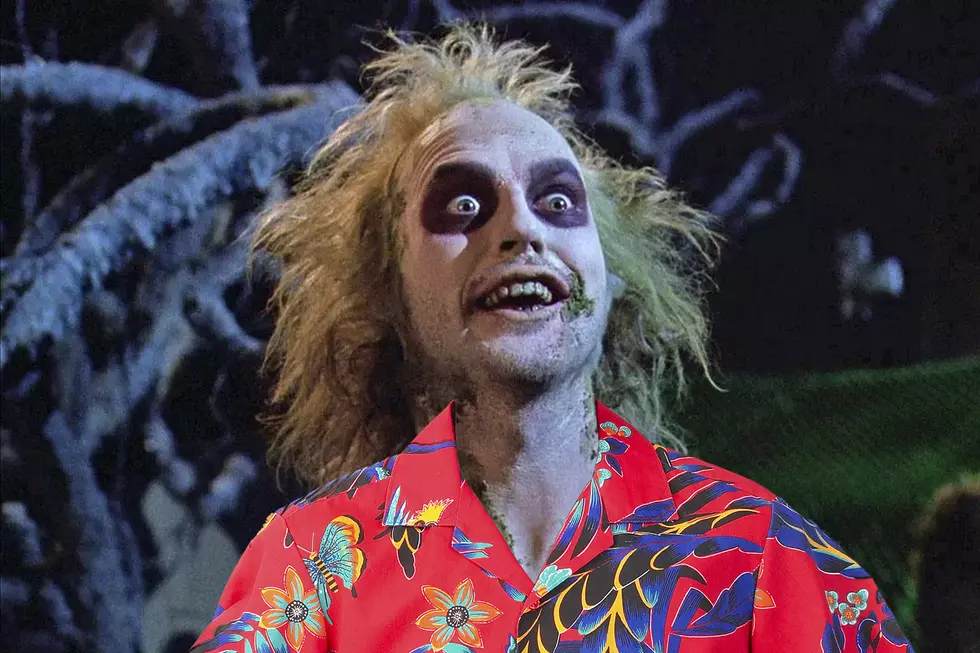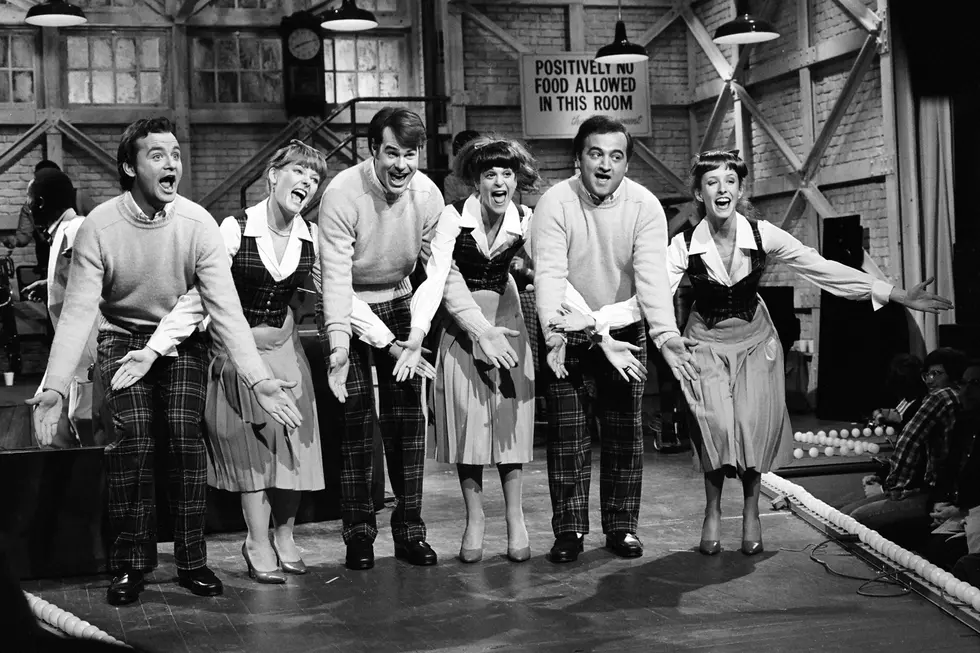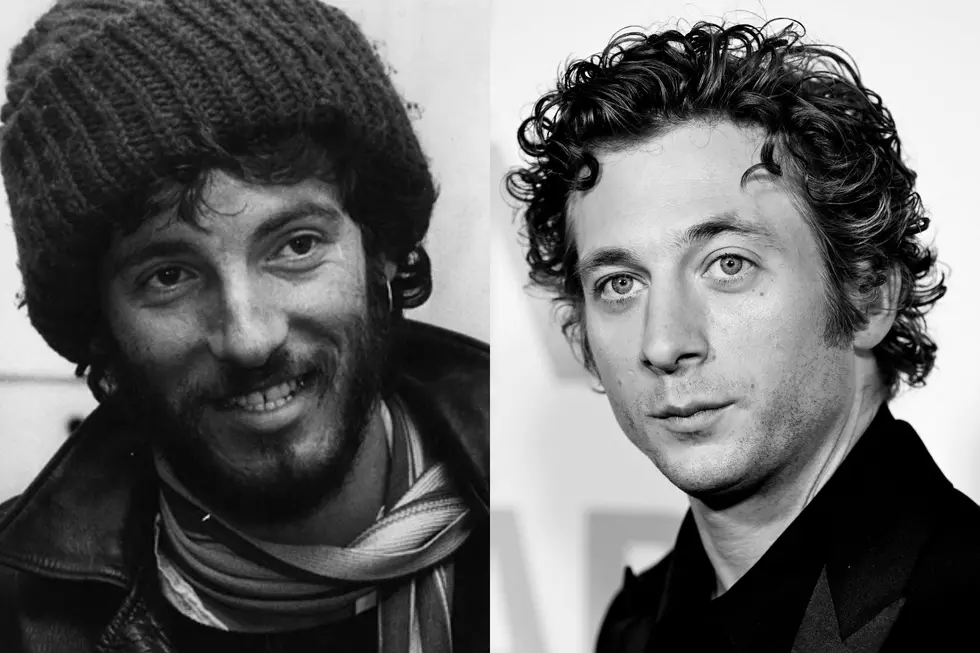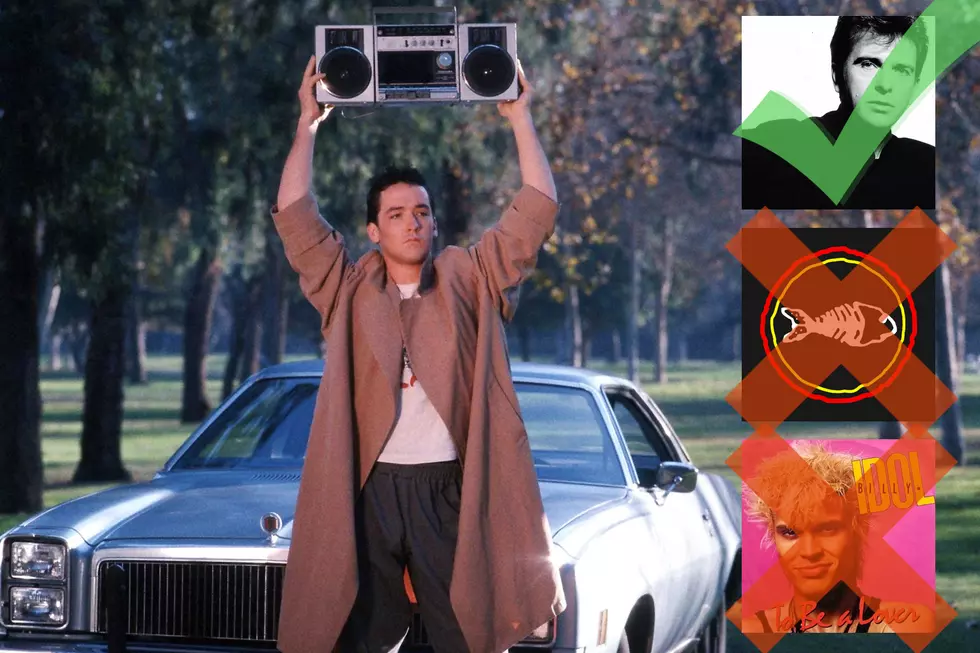
Why ‘Say Anything”s Boombox Scene Almost Never Happened
UCR: Movies and Culture
It’s an iconic image that has been synonymous with love for 30 years.
Lloyd Dobler, played by John Cusack, holds a boombox above his head outside the home of his romantic interest, Diane Court (Ione Skye). The day before, she had broken up with him, the result of pressure from her father. Yet there Lloyd stands, determined to convince the woman he loves that he will not go down without a fight. He plays “In Your Eyes” by Peter Gabriel to emphasize his feelings. He is honest, passionate and unflinching.
This scene from Say Anything would become one of the recognizable in the history of film. Had things played out differently, it never would have happened.
Say Anything was the directorial debut of Cameron Crowe, who also composed the movie’s script. The filmmaker had gone from writing for Rolling Stone to penning the screenplays for Fast Times at Ridgemont High and The Wild Life. Music was still very important to Crowe, owed in part to his years as a rock journalist.
Originally he’d envisioned the boombox scene to be slightly different. “I wrote that scene for Billy Idol’s ‘To Be a Lover,’ if you can believe it,” the filmmaker confessed. “There was one day I liked that song, and that was the day I wrote the scene. By the next day, I knew it was a hideously wrong choice.”
Watch Billy Idol's 'To Be a Lover' Video
While the song preference continued to evolve, one concept remained the same: The first-time director knew he wanted Say Anything’s boombox scene to be the film’s defining romantic moment. The movie’s star, on the other hand, was not convinced.
"John felt that Lloyd was kowtowing too much by holding up the boombox, and that it was too subservient a move,” Crowe revealed in a 2002 interview. “He wanted to be more laid-back."
After a discussion on what made sense for the character, Cusack came up with a compromise. "I wanted to just have the boombox be on top of the car and him sitting on the roof," the actor admitted. The scene was shot that way, but it didn’t work.
In a last-ditch effort to convince his star to try the scene the way it was written, Crowe told Cusack that the song blaring from the stereo would be by the band Fishbone. At the time, the actor was a big fan of the ska group, and their music’s inclusion helped persuade him to give it a try. The shot worked, but the scene was still a long way from reaching its legendary form.
(While sources all agree that a Fishbone song was played from the boombox on-set, which song was used seems up for debate. AFI claims it was “Question of Life, Mental Floss says it was “Turn the Other Way” and Uproxx believes it to have been ”Bonin’ in the Boneyard.” For the sake of argument, we’ll trust Crowe, who said that “Party at Ground Zero” was the song used.)
Watch Fishbone's 'Party at Ground Zero' Video
While watching the footage later, Crowe determined that Fishbone did not provide the correct mood for the scene. The director started to think about alternative musical options. “Cameron Crowe really wanted Elvis Costello to do that song,” Skye recalled in a 2018 conversation with Entertainment Weekly. “Then [Costello] saw an early screening of it and didn't want to. And we were all really bummed out.”
“In Your Eyes” came to Crowe by chance. The director was driving in his car and listening to a mixtape left over from his 1986 wedding to Heart guitarist Nancy Wilson. “I hear Peter Gabriel singing about driving in his car, thinking of this girl, and I’m like, ‘Wait a minute!’ I ran into the editing room, we played the song to the scene, and it was perfect.”
Watch the Boombox Scene From 'Say Anything'
Having discovered his “perfect” song, the filmmaker needed to convince Gabriel to approve its use. By no means was this a guarantee, as the singer had a reputation of being protective of his music. Making matters worse, a representative from Gabriel’s record label attended a screening of the movie and left unimpressed.
“A guy from Geffen Records came and saw the movie,” Crowe remembered. “[He] took me aside and said, ‘I’m going to tell you what nobody else is going to tell you. It’s not Fast Times. You’ve really missed with this movie.” The man’s words concerned Crowe. “I was like, ‘Oh fuck, now we’re really not going to get the song. We’re doomed.’”
Still, he was determined to try. Crowe sent the Gabriel a rough cut of the film and asked for his blessing. The response was surprising.
“I was given a day to call him at his studio,” the director recalled. “And he got on and there was this kind of you know, ethereal voice, Peter Gabriel, really nice, and he said, ‘I appreciate you asking for the song. It’s a very personal song to me and I just hope you don’t mind that I have to turn you down.”
Crowe was crushed. The song he had been searching for, his “perfect” song, would not make it into Say Anything. As his conversation with Gabriel was coming to a close, the director decided to make one last plea. “I pulled the phone back up and I go, ‘Why? I got to ask you why. Why can’t we have the song? Why was it wrong?’” The singer’s response: “Well, when he takes the overdose, it just didn’t feel like the right kind of use of the song.”
Feelings of disappointment turned to confusion. Say Anything did not have an overdose scene. As luck would have it, another movie had been seeking permission to use “In Your Eyes,” the John Belushi biopic Wired. Sensing the mix-up, Crowe pointed out that his film was a teenage romance. “Oh, the high school movie,” Gabriel replied. “We haven’t watched that yet.”
The singer would soon give his approval for the song’s use.
Say Anything opened on April 14, 1989. Critics lauded the film, with Roger Ebert calling it “a funny, warmhearted romantic comedy." Its commercial success was modest. The movie was third at the box office its opening weekend and went on to earn approximately $21 million domestically against a budget of $16 million.
Still, the film’s ability to resonate with generations of fans has elevated it to legendary status, with the boombox scene being central to its enduring appeal.
The Best Rock Movie From Every Year: 1955-2018
More From Ultimate Classic Rock
